Production Process of Paper Cup Machine Raw Material
Paper cups have become an essential part of our daily lives, used for serving beverages in various settings such as coffee shops, offices, parties, and more. The production process of paper cup machine raw material plays a crucial role in ensuring the quality and efficiency of the final product. In this article, we will delve into the intricate process of manufacturing the raw materials required for paper cup machines.
1. Sourcing of Raw Materials
The first step in the production process of paper cup machine raw material is the sourcing of high-quality raw materials. The primary raw materials used in paper cup production include wood pulp, water, and chemicals. These raw materials are sourced from reputable suppliers who adhere to stringent quality standards to ensure the final product's durability and safety.
2. Pulping Process
Once the raw materials are sourced, the pulping process begins. Wood pulp is the primary ingredient used in paper cup production, and it undergoes a series of steps to break down the fibers and remove impurities. The pulping process involves mixing the wood pulp with water and chemicals in a large vat, where it is agitated to create a slurry.
3. Bleaching and Coloring
After the pulping process, the next step is bleaching and coloring the pulp to achieve the desired brightness and color for the paper cups. Bleaching agents are added to remove any remaining impurities and brighten the pulp, while colorants are used to tint the pulp to the desired shade. This step requires precision to ensure consistency in the final product.
4. Forming the Paper Sheets
Once the pulp is bleached and colored, it is fed into a paper machine that forms the pulp into thin sheets. The paper machine consists of a series of rollers and screens that work together to flatten the pulp and remove excess water. The formed paper sheets are then dried using heat to remove moisture and strengthen the material.
5. Coating Process
After the paper sheets are dried, they undergo a coating process to enhance their durability and resistance to liquids. A thin layer of polyethylene is applied to the paper sheets using a coating machine. This coating acts as a barrier against moisture, making the paper cups suitable for holding hot and cold beverages without leaking.
6. Cutting and Shaping
Once the paper sheets are coated, they are cut into the appropriate size and shape for forming paper cups. A cutting machine is used to precisely cut the paper sheets into circles that will serve as the base of the cups. The remaining scraps are recycled to minimize waste and promote sustainability in the production process.
7. Forming the Paper Cups
The cut paper circles are then fed into a paper cup forming machine that molds them into the shape of cups. The machine uses heat and pressure to fold and seal the paper circles, creating the iconic cone shape of paper cups. This process is automated to ensure consistency and efficiency in producing large quantities of paper cups.
8. Quality Control and Packaging
Before the paper cups are packaged and shipped, they undergo rigorous quality control checks to ensure they meet the industry standards for strength, hygiene, and safety. Any cups that do not pass the quality control tests are discarded to maintain the reputation of the brand. Once approved, the paper cups are packaged in stacks or sleeves for distribution to customers.
Conclusion
In conclusion, the production process of paper cup machine raw material is a complex and meticulous operation that involves several steps to transform raw materials into high-quality paper cups. From sourcing the raw materials to forming the cups, each stage requires precision and expertise to ensure the final product meets the desired standards. By understanding the intricacies of this process, we can appreciate the effort and technology involved in producing the paper cups we use every day.




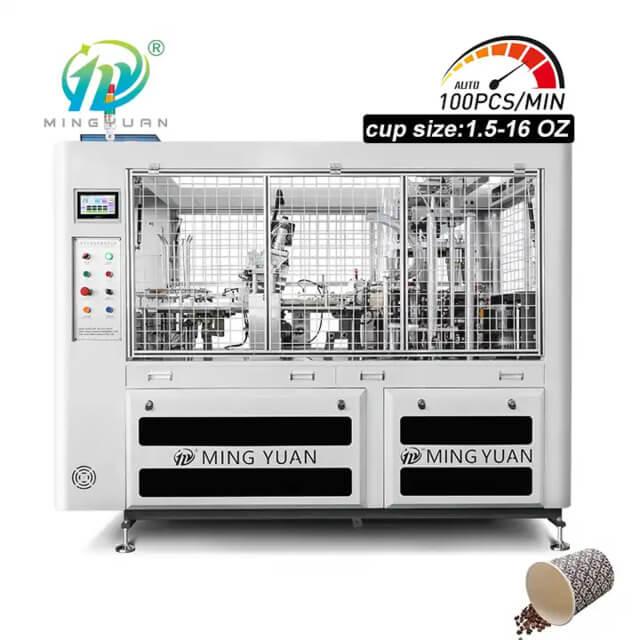
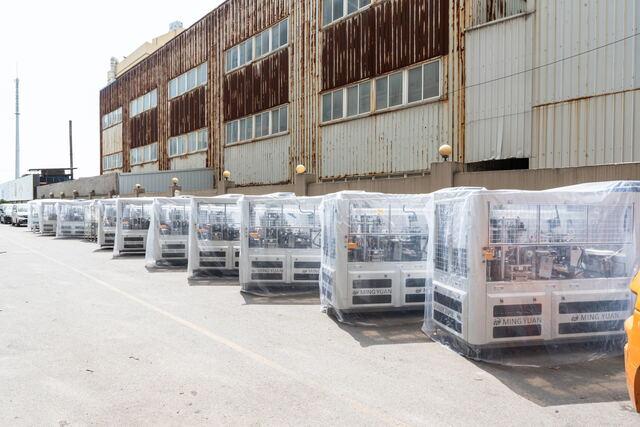
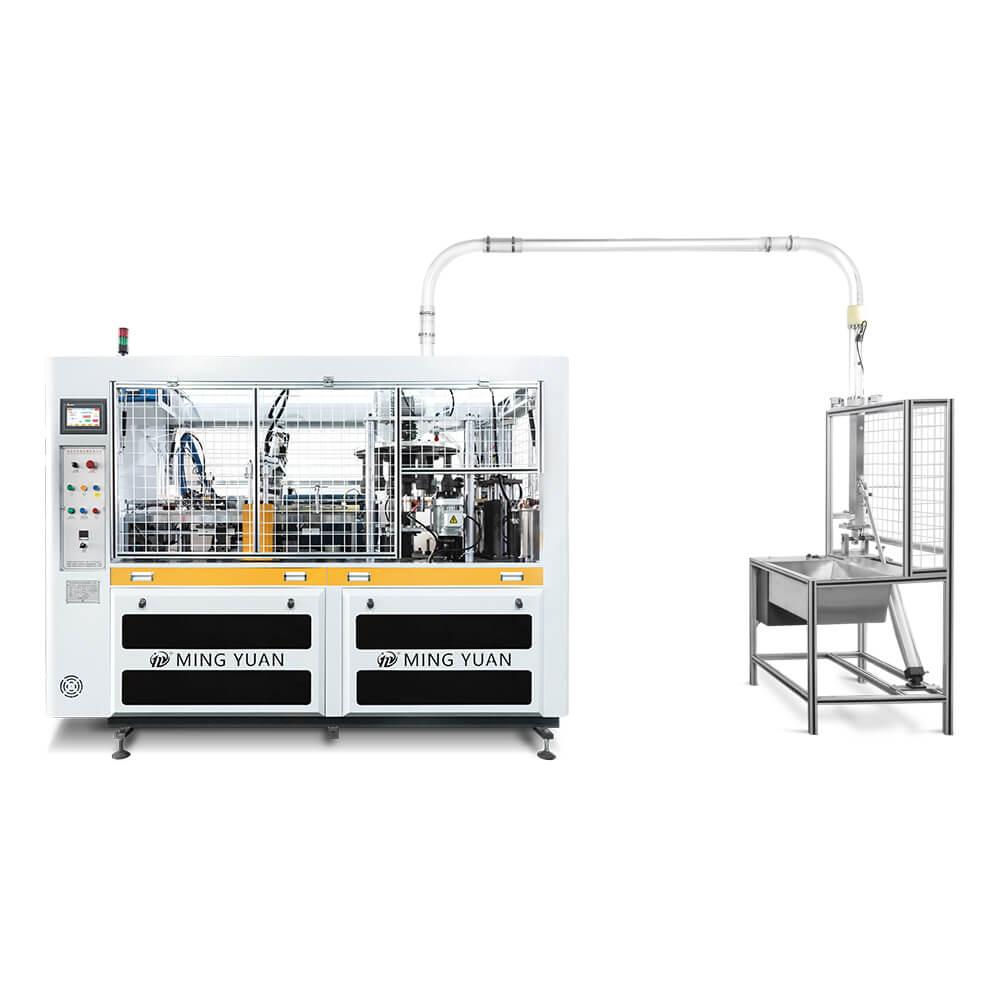

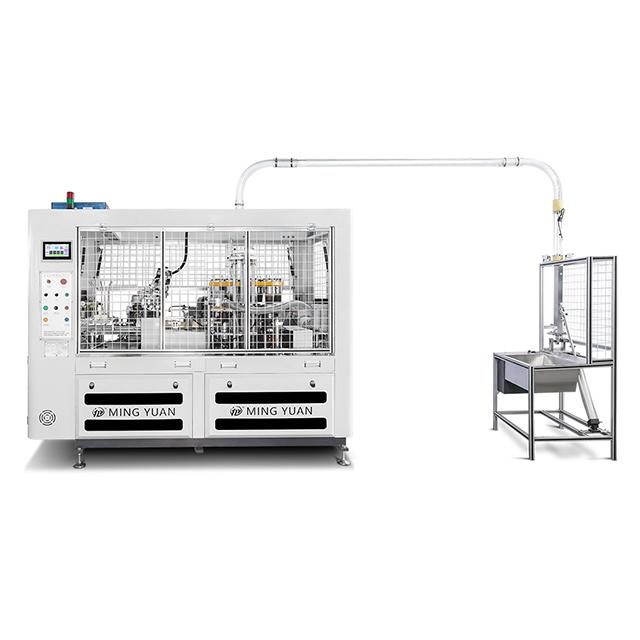

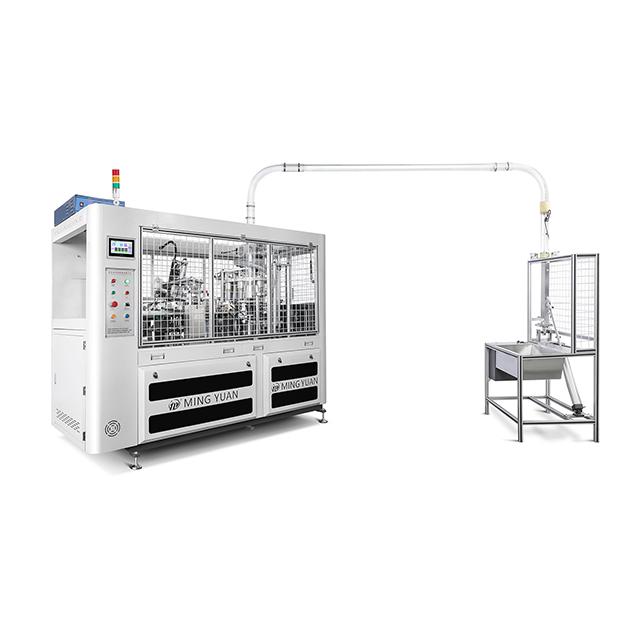
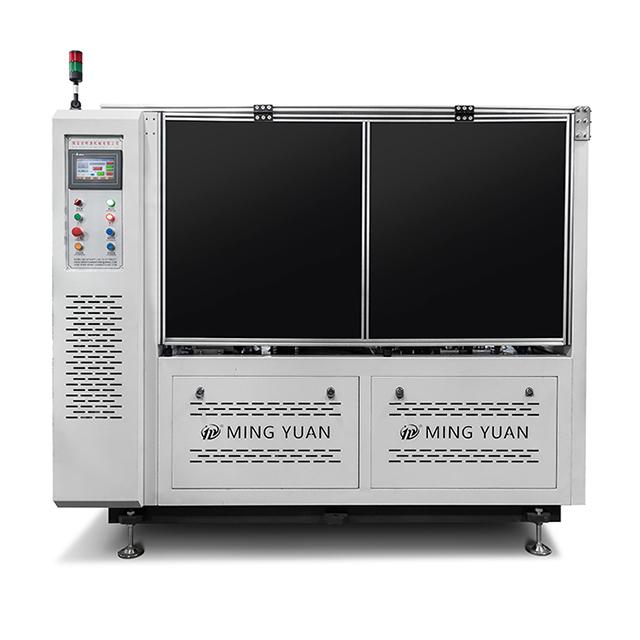
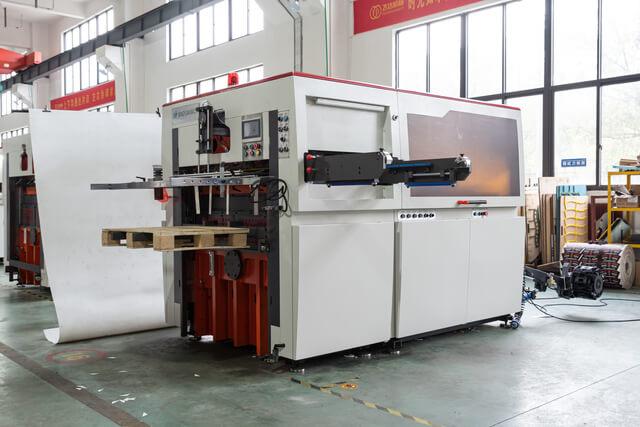
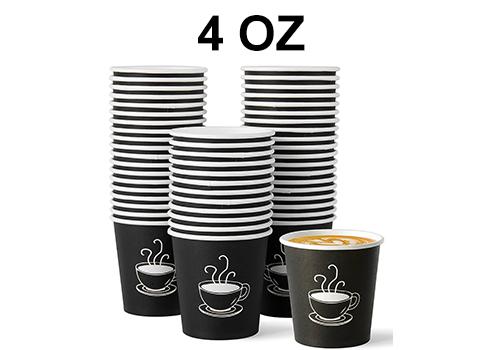
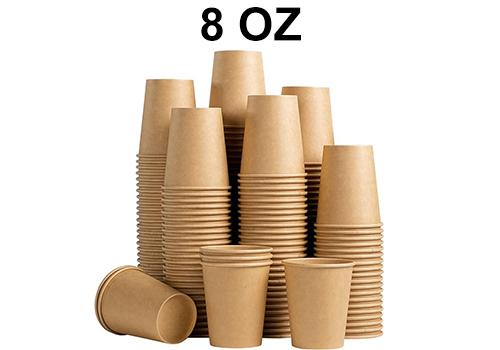

 Tel: +86-19057361870 / +86 577 65567060
Tel: +86-19057361870 / +86 577 65567060  Email: paperproductwholesaler@gmail.com
Email: paperproductwholesaler@gmail.com MP/WhatsApp: +86-19057361870
MP/WhatsApp: +86-19057361870 Manufacturer Address:No.1588, Huaming Road, Feiyun Street,Ruian City Zhejiang Province -325200 China
Manufacturer Address:No.1588, Huaming Road, Feiyun Street,Ruian City Zhejiang Province -325200 China




